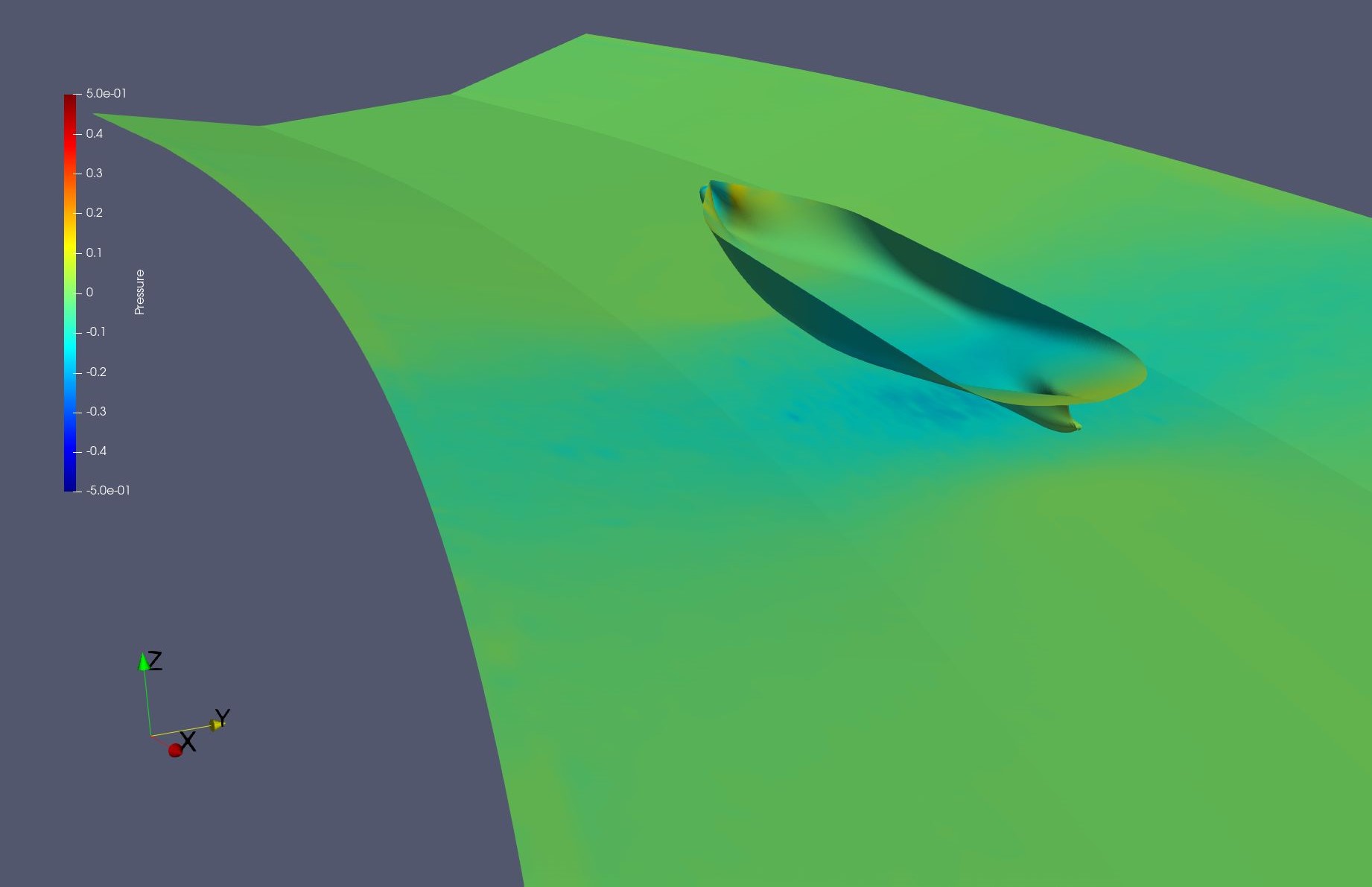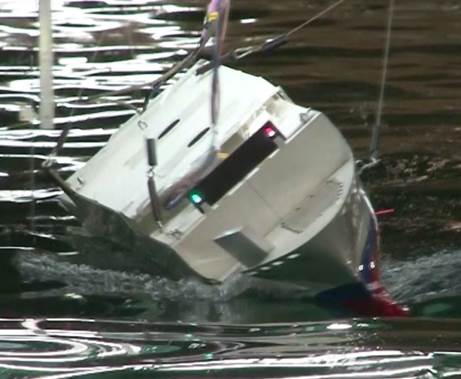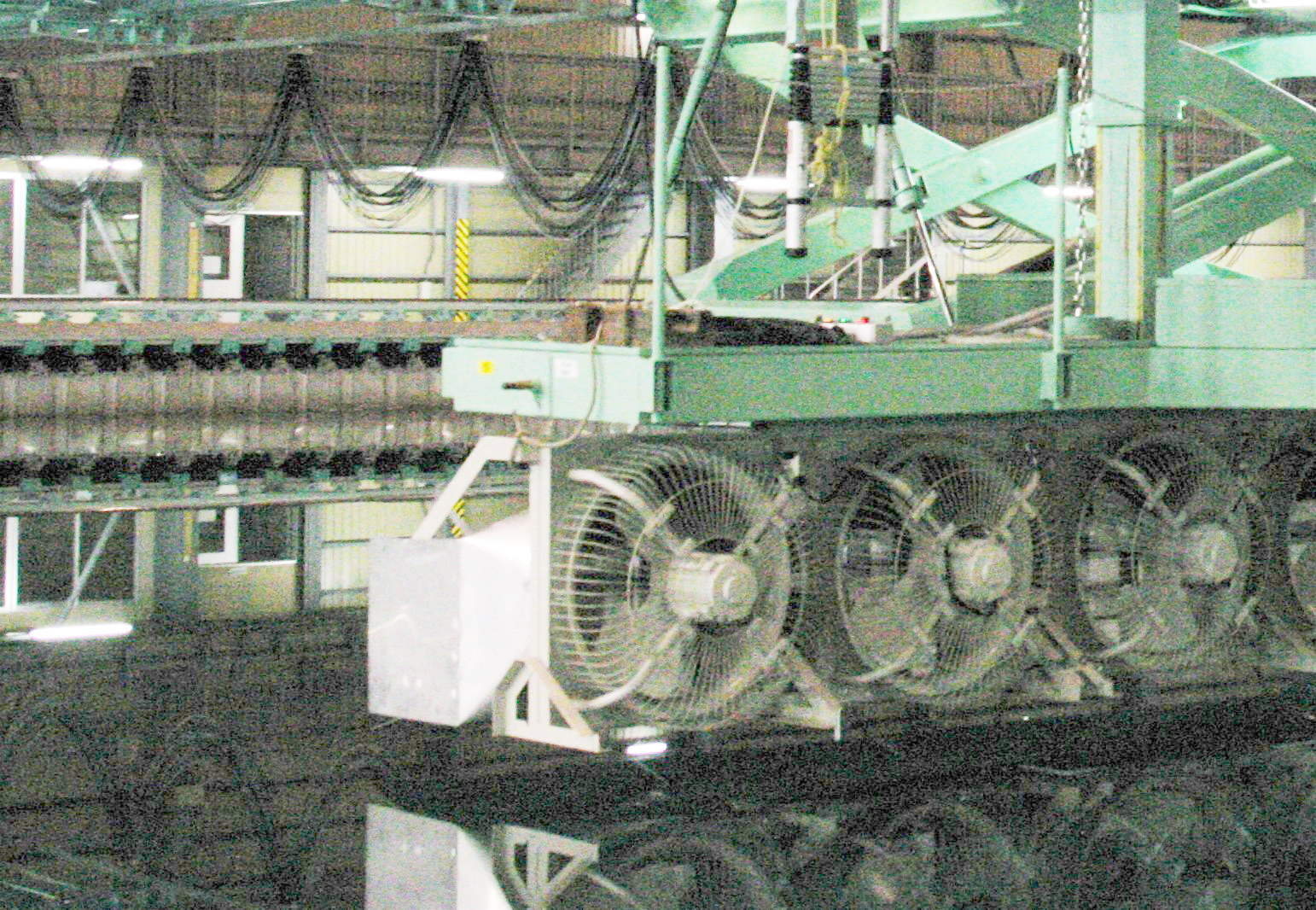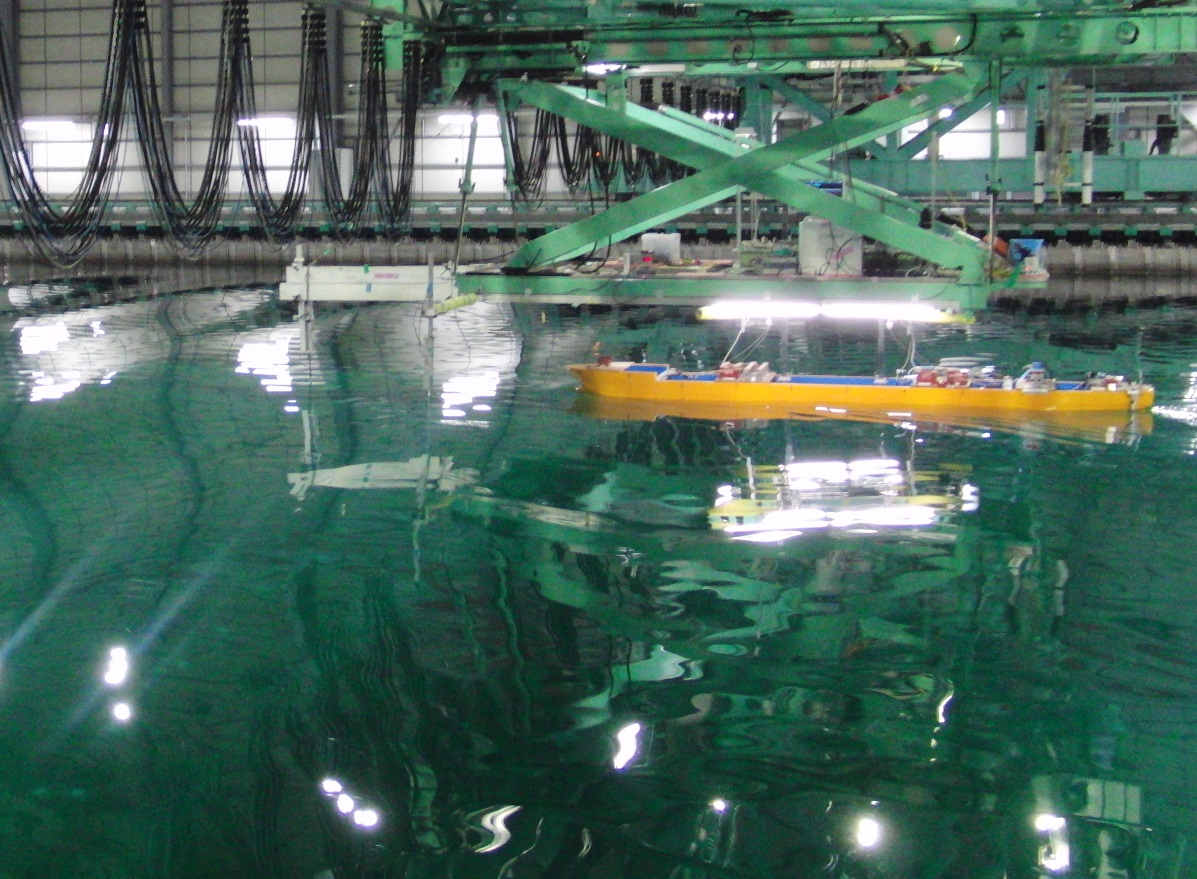Marine Dynamics Research Group
MARINE DYNAMICS




This group conducts extensive research on the maneuverability performance of moving bodies in the ocean, focusing particularly on ships, including advanced sail-assisted designs and the technological development of underwater robots.
The experiments associated with these studies vary widely in purpose, as follows:
- Experiments using free-running and captive models and air blowers in an Actual Sea Model Basin.
- Anchored vessel swinging tests in the Ocean Engineering Basin.
- Captive model experiments in 400-m and 150-m Towing Tanks.
- Load measurement and visualization experiments in the Pulsating Wind Tunnel with Water Tank.
- Underwater robot experiments in the Deep Sea Basin.
- Field tests for large ships and small planning boats.
This group aims to advance safe and cutting-edge maritime technology by analyzing and investigating the causes of maritime accidents. Their efforts focus on ensuring compliance with international and domestic safety standards, executing both internal and external research projects, and engaging in various types of contractual and collaborative research.
Members
(◎: Head of the Group)
Research Overview
We are doing this kind of research. - easy explanations -
Here, we would like to introduce some research themes carried out by our group and the recent technical topics.
(Click on the title to jump to the explanation page.)
Other Research
Study on steady wave forces and the moment acting on drifting ships and the effects on the prediction of ship manoevring motion in waves (JSPS, Grant-in-Aid for Scientific Research(C), 2020-2022)
Study on development and standardization of ship maneuverability evaluation method necessary for safe operation (NMRI, Priority Research 4, 2016-2022)
Study on development of accident analysis and prevention technology to contribute to the prevention of marine accidents (NMRI, Priority Research 5, 2016-2022)
